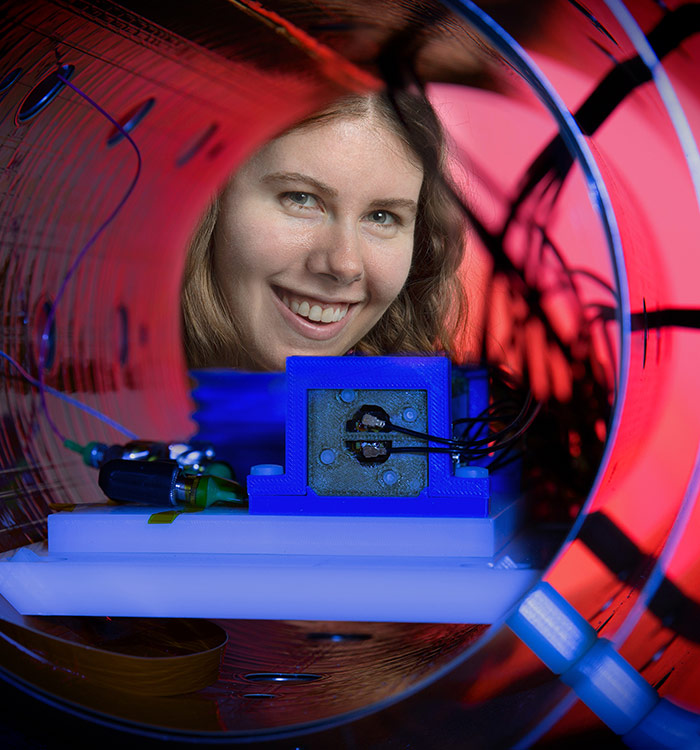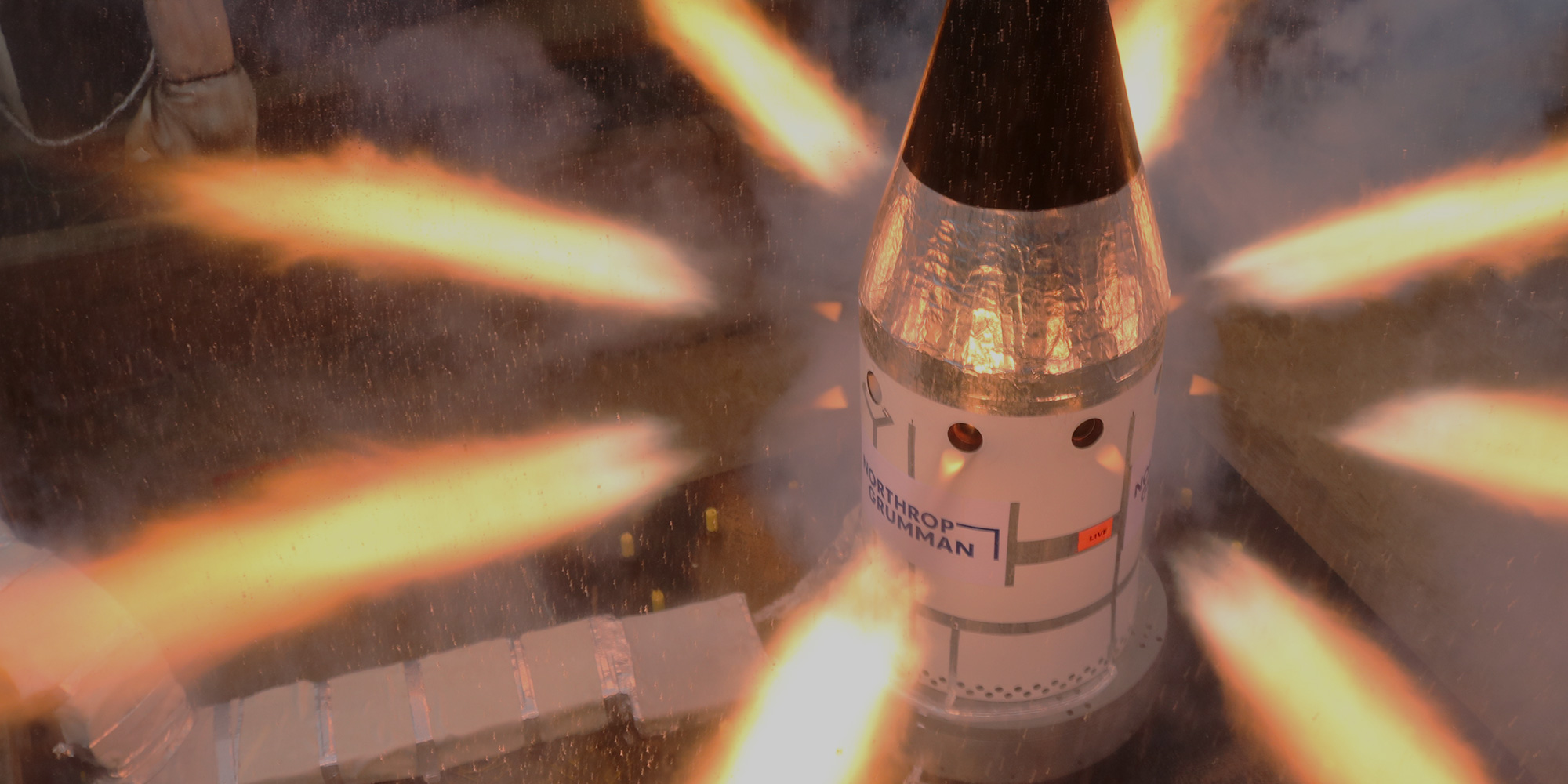Propelling Space and Defense Missions
Solid Rocket Motor Expertise
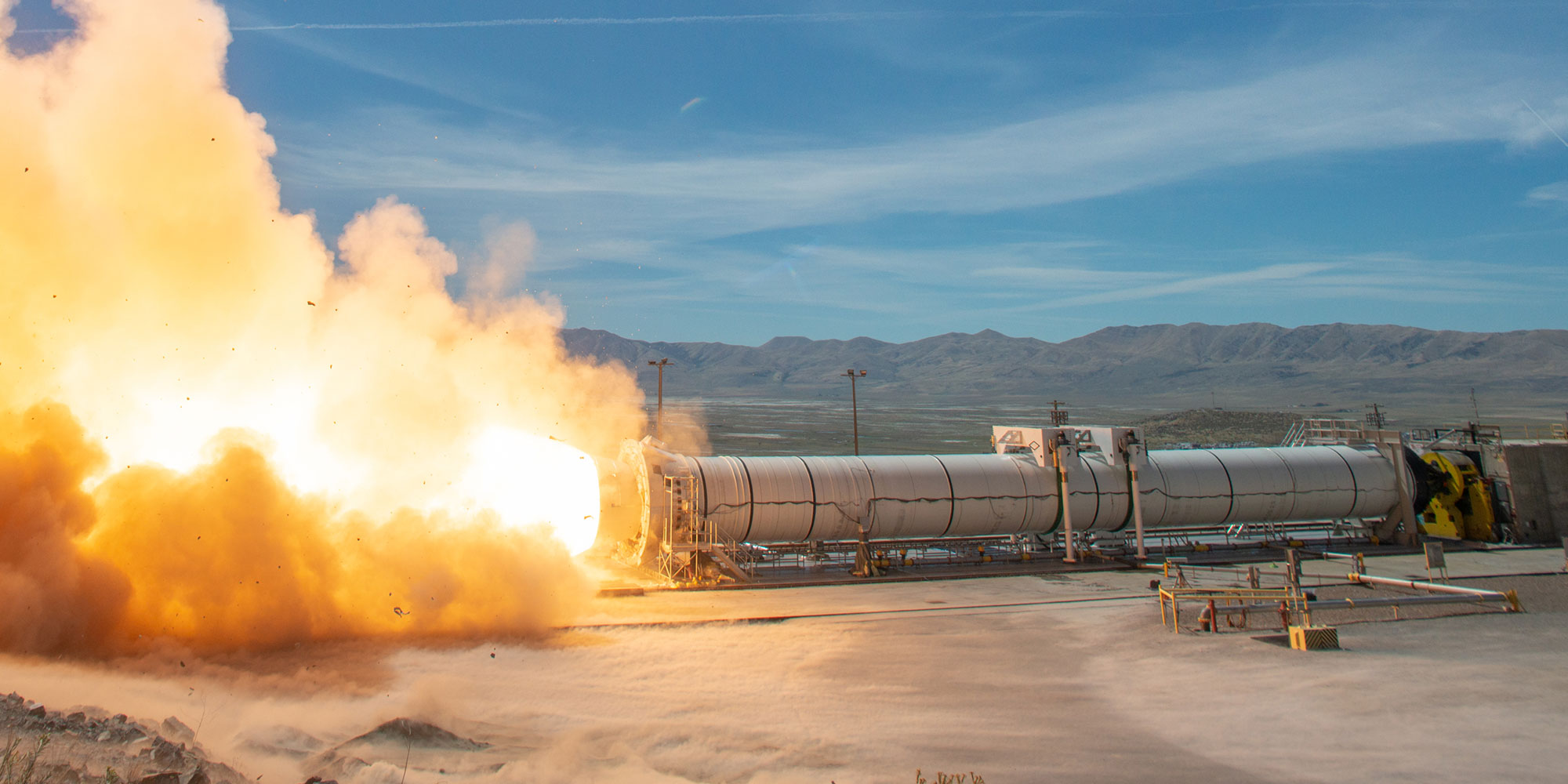
By Brooks McKinney, APR
Solid rocket motors are critical to space and defense missions because of their long shelf life and ability to be launched with little preparation. Because of the way they are built, these motors provide fast ignition and heavy-lift propulsion with reliable, repeatable results. Without the most cutting-edge technology in place to support these efforts, producing our solid rocket motors would add significant additional testing and expense.
By designing, fabricating and flight testing — many of the solid rocket motors the U.S. government relies on have Northrop Grumman engineers at the forefront of the innovation while helping to keep us safe.
"Going from rocket motor concept to full-scale production is rarely a straight path, but solving the myriad puzzles along the way always makes the process rewarding,” said Mike Fuller, manager at Northrop Grumman.
Fuller's group manufactures Northrop Grumman's larger motors — those 24 inches or more in diameter — in Promontory and Bacchus, Utah, while rocket motors for tactical applications are produced in Elkton, Maryland and Rocket City, West Virginia.
"Every solid rocket motor design is a balancing act among performance, cost and complexity."
— Mike Fuller, Business Development Manager, Northrop Grumman
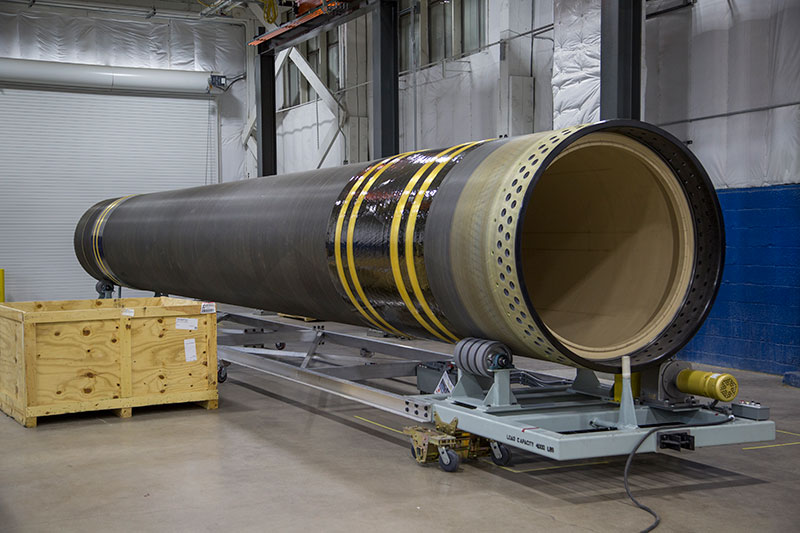
Solid Rocket Motors Defined
According to Fuller, a solid rocket motor at its core is a relatively simple device with no moving parts. It includes an outer cylindrical casing, solid propellant with a hole — often star-shaped — down the center, called “the grain”, an igniter to light the propellant and a nozzle to exhaust the combustion gases.
"We mix fuel and oxidizer in liquid form, then cast it inside the composite or steel casing," he said. "The igniter is essentially a mini-rocket motor whose flame ignites the inner surface of the propellant. The gas created by this combustion exits the casing through the nozzle, creating the thrust that drives the rocket forward."
GEM 63XL VM-1 Static Test

The Balancing Act of Meeting Requirements
Most solid rocket motors originate from new mission requirements.
"We usually start off with a performance spec — deliver X amount of mass to a certain range — then design the rocket around it," remarked Fuller. "Customers usually provide the initial requirements, but then we might suggest ways to improve the motor's performance or reduce its cost."
These initial calculations drive the rocket motor's conceptual design.
"Every solid rocket motor design is a balancing act among performance, cost and complexity," Fuller said. "We look for that sweet spot between casing material, propellant types and nozzle design to give the customer the performance they're looking for at a cost that's acceptable in a package we can produce."
There are times Northrop Grumman is simply asked to build a replacement motor for an existing rocket system, he added. In that case, the main goal is solely to reduce the unit's manufacturing costs, not enhance its performance.
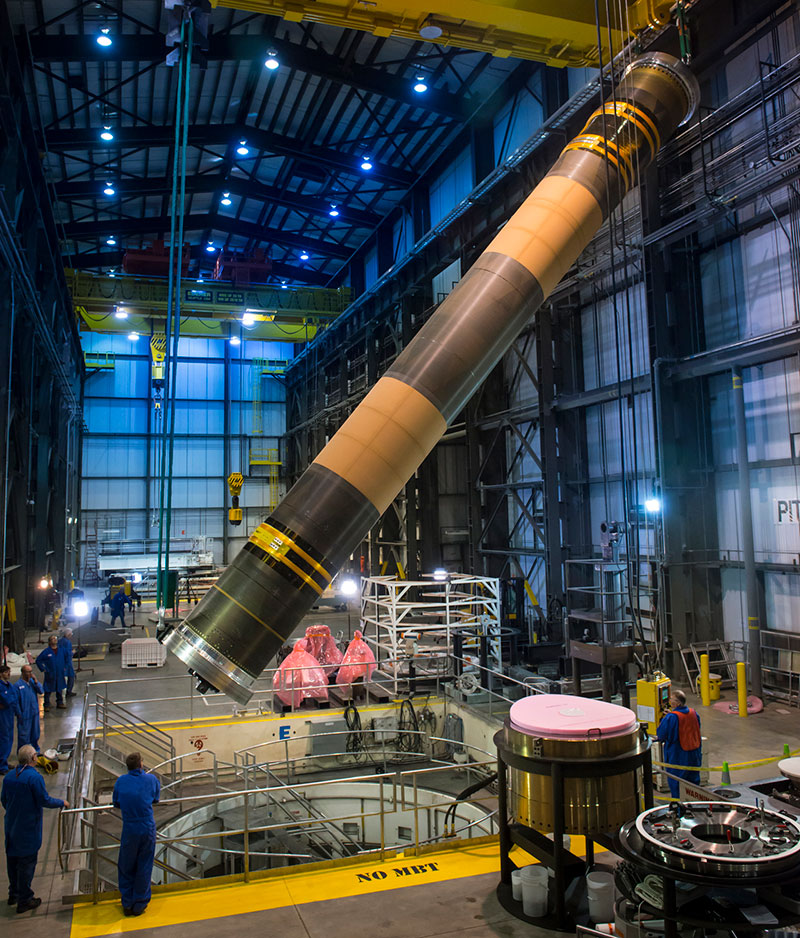
Engineering the Model Rocket
After the conceptual design is established, the rocket motor development team moves on to the detailed design of the motor's major components, calculating, for example, the exact dimensions of its case, the composition of its propellant, the shape of the propellant grain and the critical performance characteristics of its nozzle.
At the heart of this design process is computer simulation, Fuller emphasized. This allows the team to build, modify and virtually test an electronic model of the solid rocket motor under multiple potential operational scenarios.
"We end up with a high-fidelity engineering model of the solid rocket motor that describes the physical characteristics of all of its individual components," he said. "It lays out, in effect, how we plan to build that motor."

3, 2, 1, Ready for ...Testing Subsystems
Before assembling the first article of the motor, the team tests each of its major components against a performance standard required for that part.
"We make most of our rocket motor cases at a Northrop Grumman manufacturing facility in Clearfield, Utah," said Fuller. "Sometimes, we'll pressurize a case to verify it can withstand its design limits — or even pressurize it until it fails, just to make sure it can withstand its expected operating environment."
The team also mixes the proposed propellant in small, sub-scale quantities to ensure it mixes properly, tests it to make sure it burns properly, then scales it up to a production-sized mix, he added.
For a rocket motor's igniter, Fuller explained that the design team often adapts a previously produced, previously characterized igniter to the current application. And regardless of whether the team makes or buys the rocket motor's nozzle, they always conduct a separate test of the vector control system that moves the nozzle during flight.
"The most satisfying aspect for me is working with a good team and good customers to solve complex problems."
— Mike Fuller, Business Development Manager, Northrop Grumman

Even More Testing for… Takeoff
The real proof of a solid rocket motor design comes during a static test of the fully assembled motor. According to Fuller, Propulsion Systems tests its rocket motors in Promontory, and preparations for a test can vary from a few days to several months depending on the requirements, the customer and the program.
"During rocket motor testing, we strap the motor onto a test stand, put it up against a block that can withstand the force of the rocket, wire it up with measuring equipment, then fire the motor to see if it does what we think it's going to do," he said.
Fuller added that the key measurement tool for this test is called a thrust trace. This is a data plot of the amount of thrust produced versus time over the duration of the burn. By analyzing the thrust trace, the test team can determine if the propellant is burning evenly.
The test team also uses high-speed video to analyze the visual characteristics of the nozzle and exhaust during rocket motor testing, he added. And a post-test examination of key components helps to determine whether those components responded as expected to propellant burning at 6,000 degrees Fahrenheit.
From Puzzle Solving to Delivering on the Promise
When all is said and done, developing solid rocket motors is an engaging, technically challenging activity that matters to our customers — and to the nation.
"The most satisfying aspect for me is working with a good team and good customers to solve complex problems," he said.
More innovation stories
Read all stories about advanced technology and innovation >>
